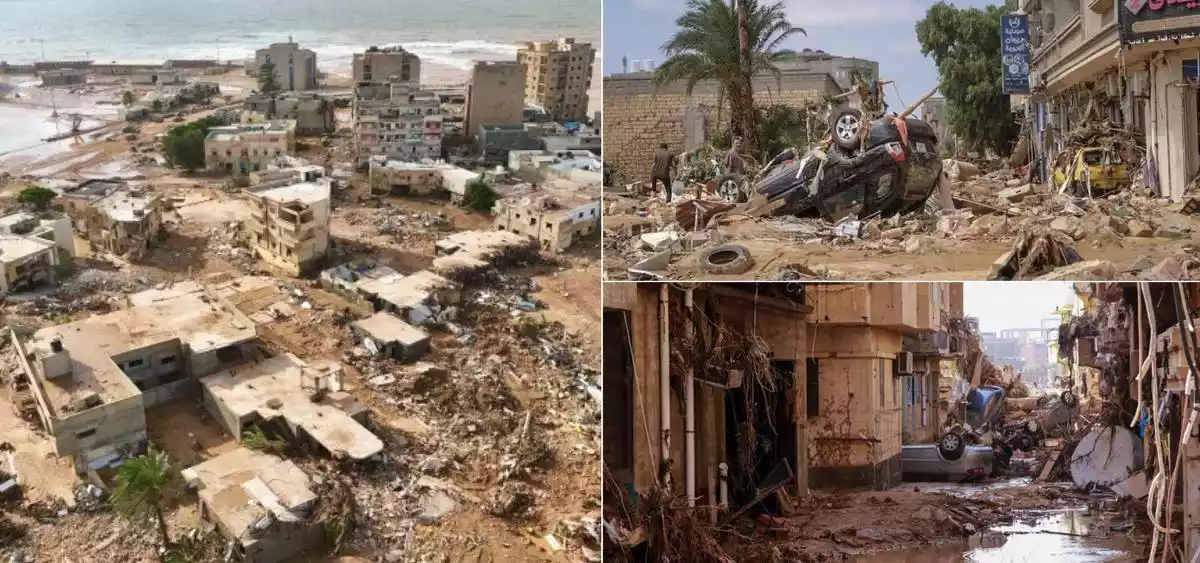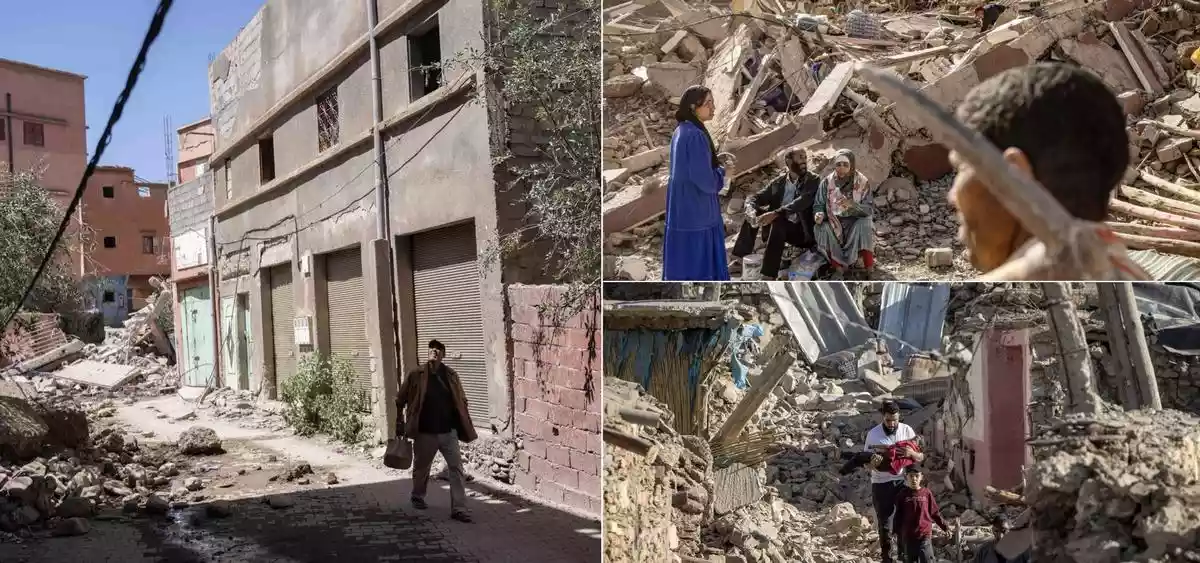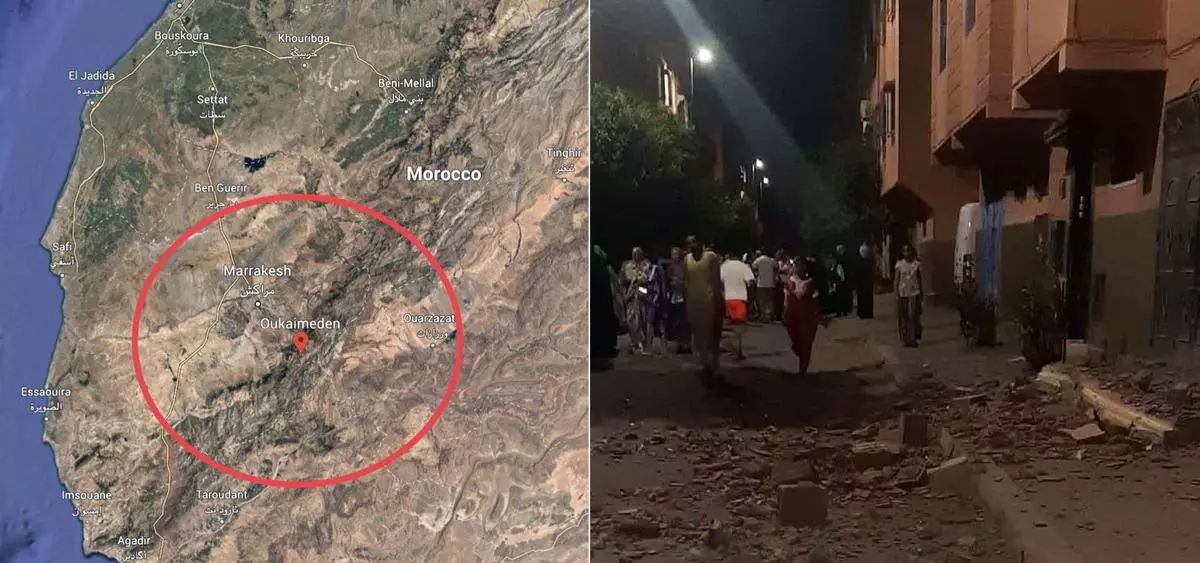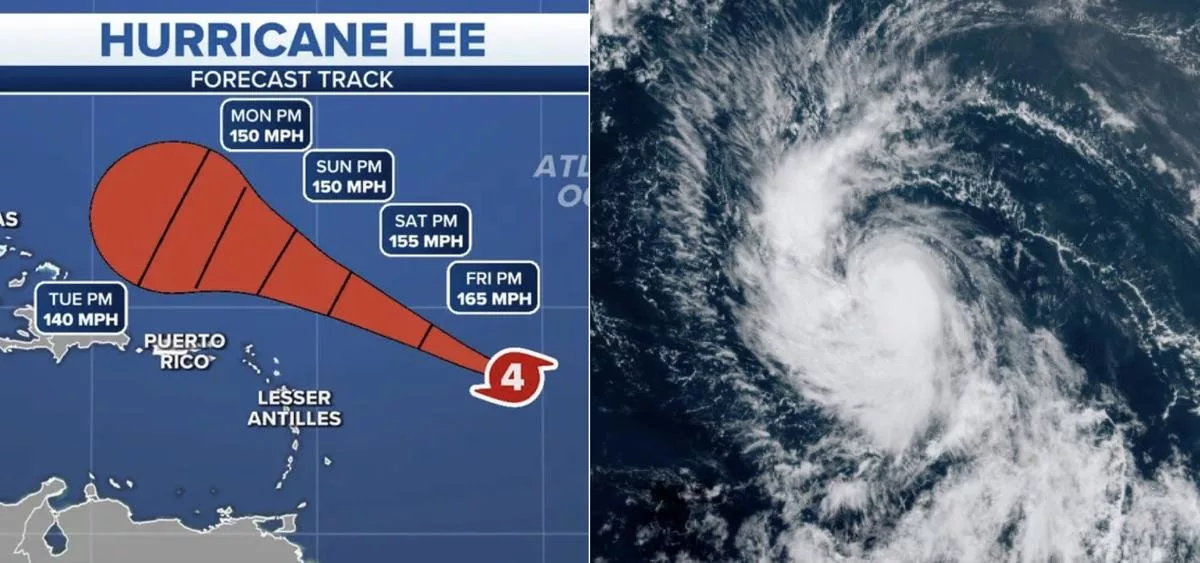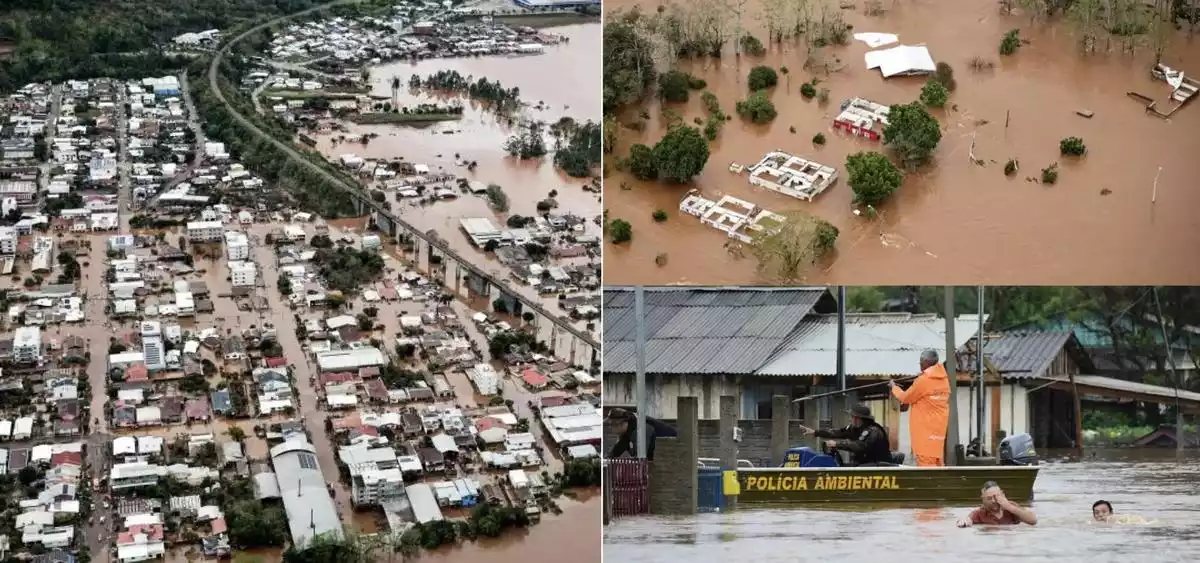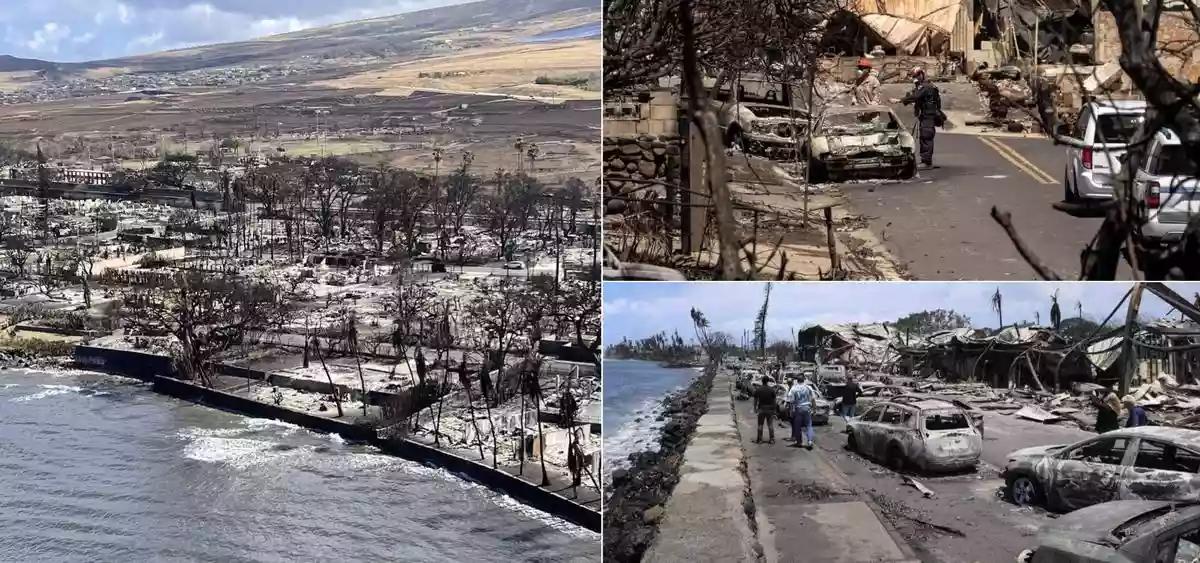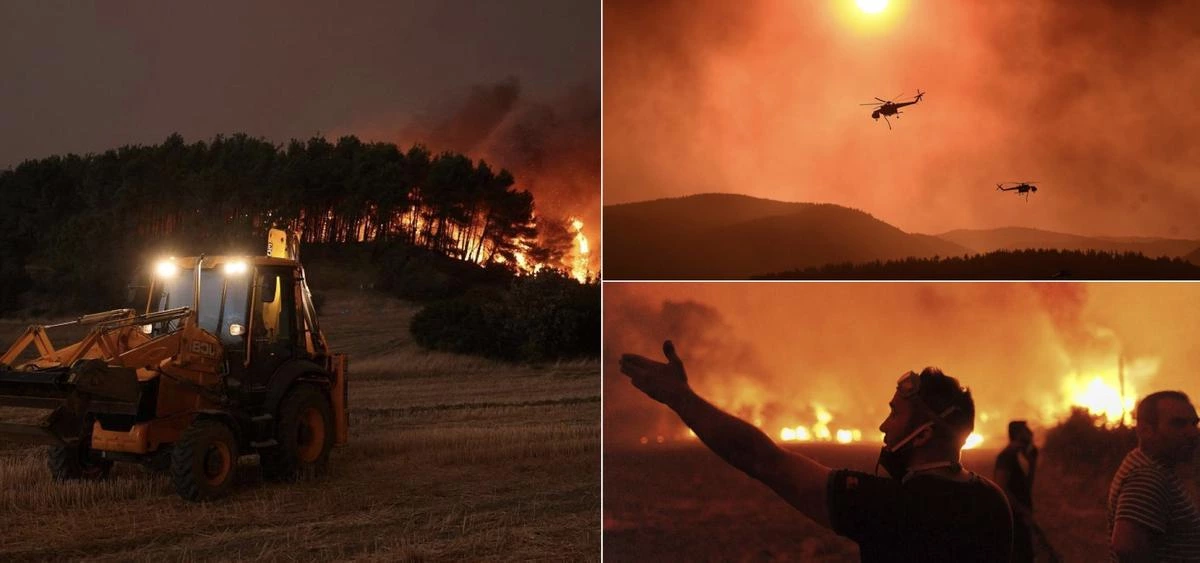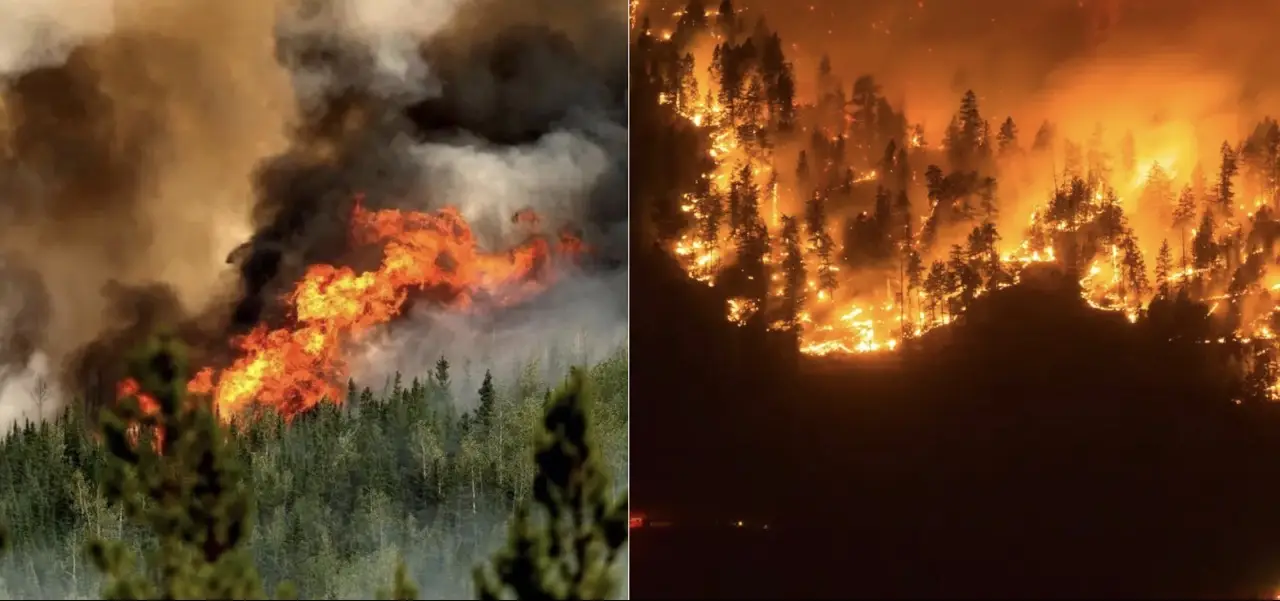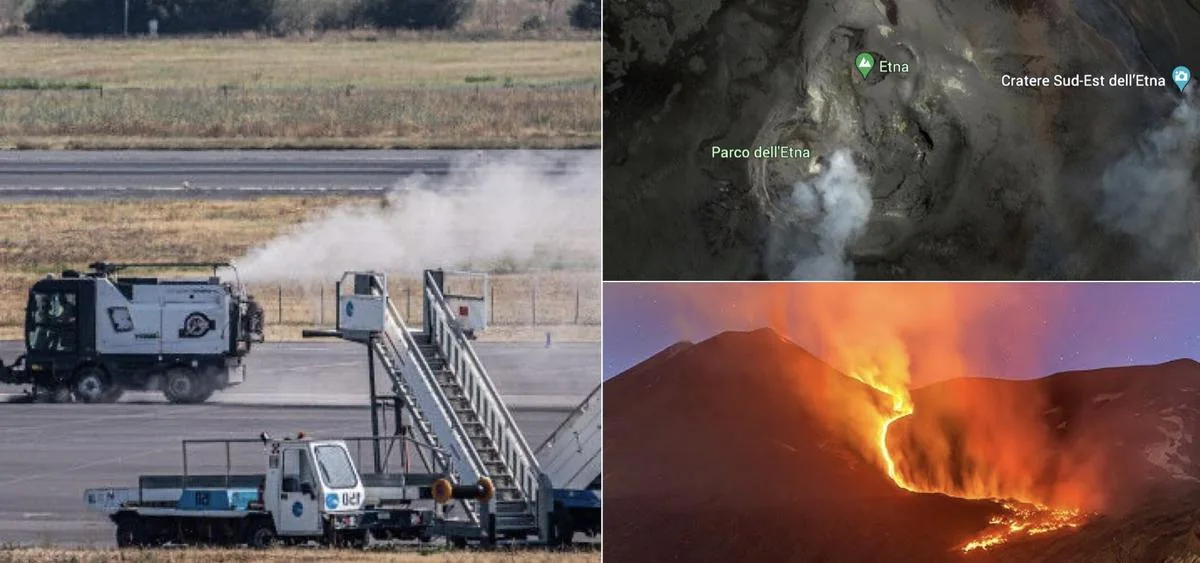The catastrophic collapse of a bridge in Montana has sparked investigations into the cause of the incident. Examining factors such as heavy rain and the structural integrity of the bridge, experts seek to gain insights that will inform preventive measures and enhance the safety of critical infrastructure.
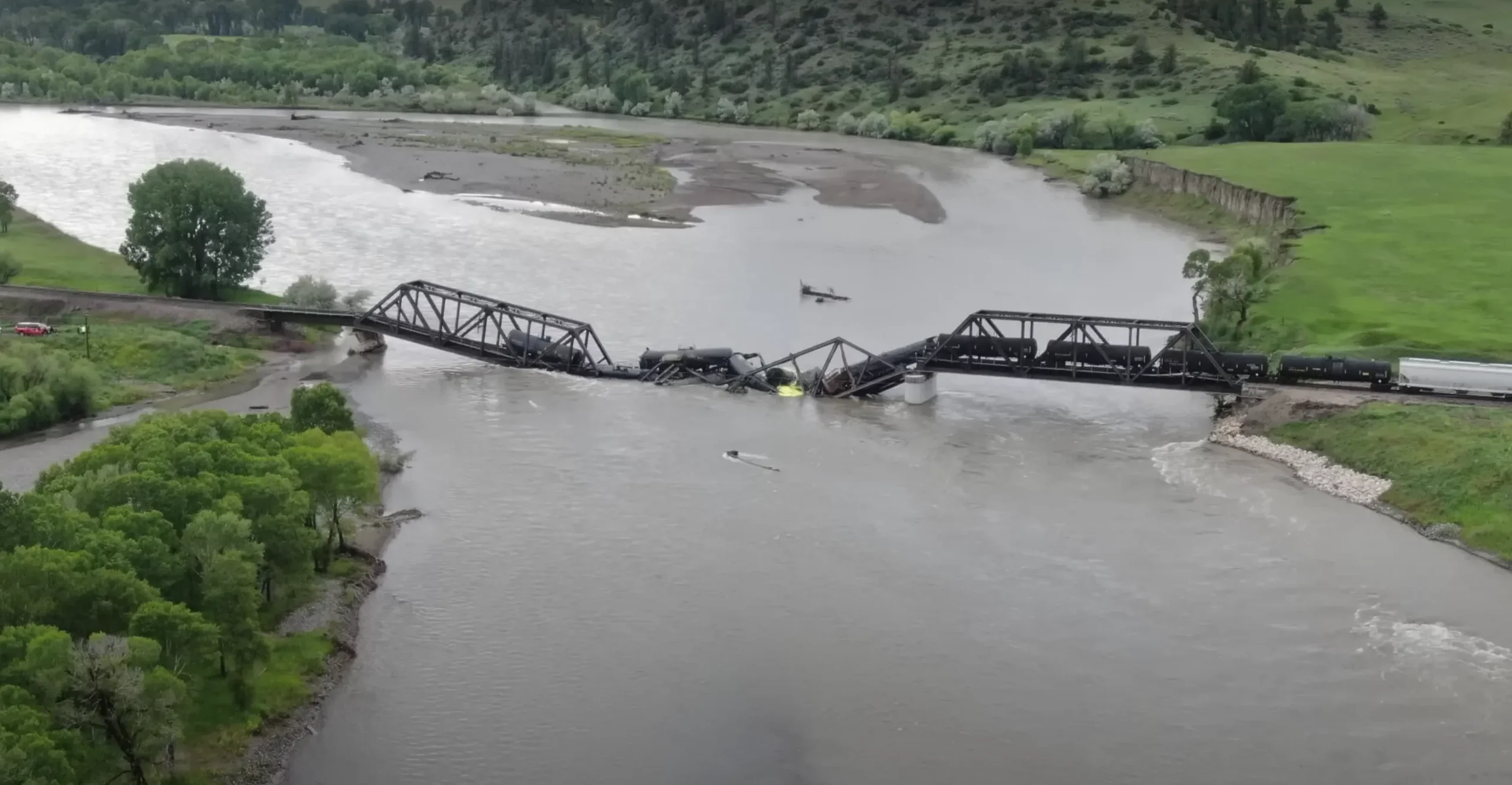
Photo Credit: Social Media
In a devastating incident near Billings, Montana, a bridge spanning the Yellowstone River experienced a catastrophic collapse, leading to a freight train carrying hazardous materials plunging into the fast-flowing waters below. This shocking event has caused significant distress within the community while also prompting worries regarding potential hazards, the environmental impact, and the safety of those affected.
The freight train involved in the bridge collapse was transporting dangerous substances, including hot asphalt and molten sulfur. As the bridge gave way, several Montana Rail Link cars carrying these volatile materials fell into the river. Hot asphalt, commonly used in construction, and molten sulfur, utilized in various industrial processes, can pose risks when exposed to the environment. However, immediate concerns about major leaks were alleviated due to the substances rapidly solidifying upon contact with cooler temperatures.
Swift emergency response efforts were initiated following the bridge collapse. Various local and federal agencies, including the Federal Railroad Administration, quickly mobilized to the scene. The primary objective was to assess potential hazards and ensure the safety of nearby communities. Thorough air and water tests were conducted to evaluate the extent of contamination and determine the appropriate measures needed to mitigate risks.
Protecting the Yellowstone River and mitigating potential environmental consequences became a top priority. Authorities made the decision to close the river to boaters and temporarily shut down water supply intakes downstream in order to safeguard public safety. Emergency measures were promptly implemented at water treatment plants to prevent the possibility of hazardous material spills, and residents were advised to conserve water during this critical period. These rapid actions were undertaken to contain the spread of dangerous materials and safeguard the delicate ecosystem and water resources in the region.
An investigation into the cause of the bridge collapse is currently underway. Experts will thoroughly examine factors such as recent heavy rain and the structural integrity of the bridge. Evaluating maintenance records, inspection protocols, and safety standards will play a crucial role in comprehending the incident and implementing preventative measures for the future. The knowledge gained from this tragic event will contribute to enhancing the safety and resilience of vital infrastructure across the state.
The catastrophic collapse of the bridge on the Yellowstone River in Montana serves as a solemn reminder of the potential consequences resulting from infrastructure failures. This incident underscores the significance of continuous monitoring, regular maintenance, and strict adherence to rigorous safety standards to protect both human lives and the environment. By conducting comprehensive investigations and taking proactive measures, communities can work towards building a safer and more resilient future.
The Montana bridge collapse on the Yellowstone River was a devastating event with significant implications for public safety and the environment. The transportation of hazardous materials and the subsequent emergency response efforts highlight the importance of proactive planning, risk mitigation, and swift action in such situations. It is crucial to learn from this incident and prioritize the safety of critical infrastructure in order to prevent future disasters and protect both people and the natural surroundings.
As investigations continue, there is hope that the cause of the bridge collapse will be determined. Factors such as heavy rain and the structural integrity of the bridge are being carefully examined. The findings from these investigations will provide valuable insights into the incident and inform preventative measures for the future.
This tragic event emphasizes the need for ongoing maintenance, inspection protocols, and safety standards to ensure the integrity of critical infrastructure. It serves as a wake-up call for communities to prioritize safety and take proactive steps to protect lives and the environment. By learning from this incident, implementing preventative measures, and fostering a culture of safety, we can work towards a future where such disasters are minimized and our infrastructure is resilient.
In response to the bridge collapse, authorities have taken swift actions to protect the Yellowstone River and mitigate potential environmental damage. Measures such as closing the river to boaters, temporarily shutting down downstream water supply intakes, and implementing emergency protocols at water treatment plants demonstrate a commitment to safeguarding public safety and the delicate ecosystem in the region.
As investigations progress, it is essential to reflect on the lessons learned from this incident. Enhancing the safety and resilience of critical infrastructure should be a shared responsibility among communities, authorities, and relevant stakeholders. By prioritizing proactive measures, regular inspections, and effective maintenance, we can prevent similar incidents and ensure the well-being of both our communities and the environment.
The bridge collapsed in Montana serves as a stark reminder of the potential risks associated with infrastructure failures. It underscores the importance of investing in the maintenance and safety of critical structures, as well as the need for stringent regulatory standards. Through comprehensive investigations, diligent preventive measures, and a commitment to learning from this tragedy, we can strive towards a future where the safety of our infrastructure and the protection of our environment are paramount.
Stay connected with Today On Globe for the latest Global Issues and News Updates.
Explore more related articles at [TOG News / TOG Article]


